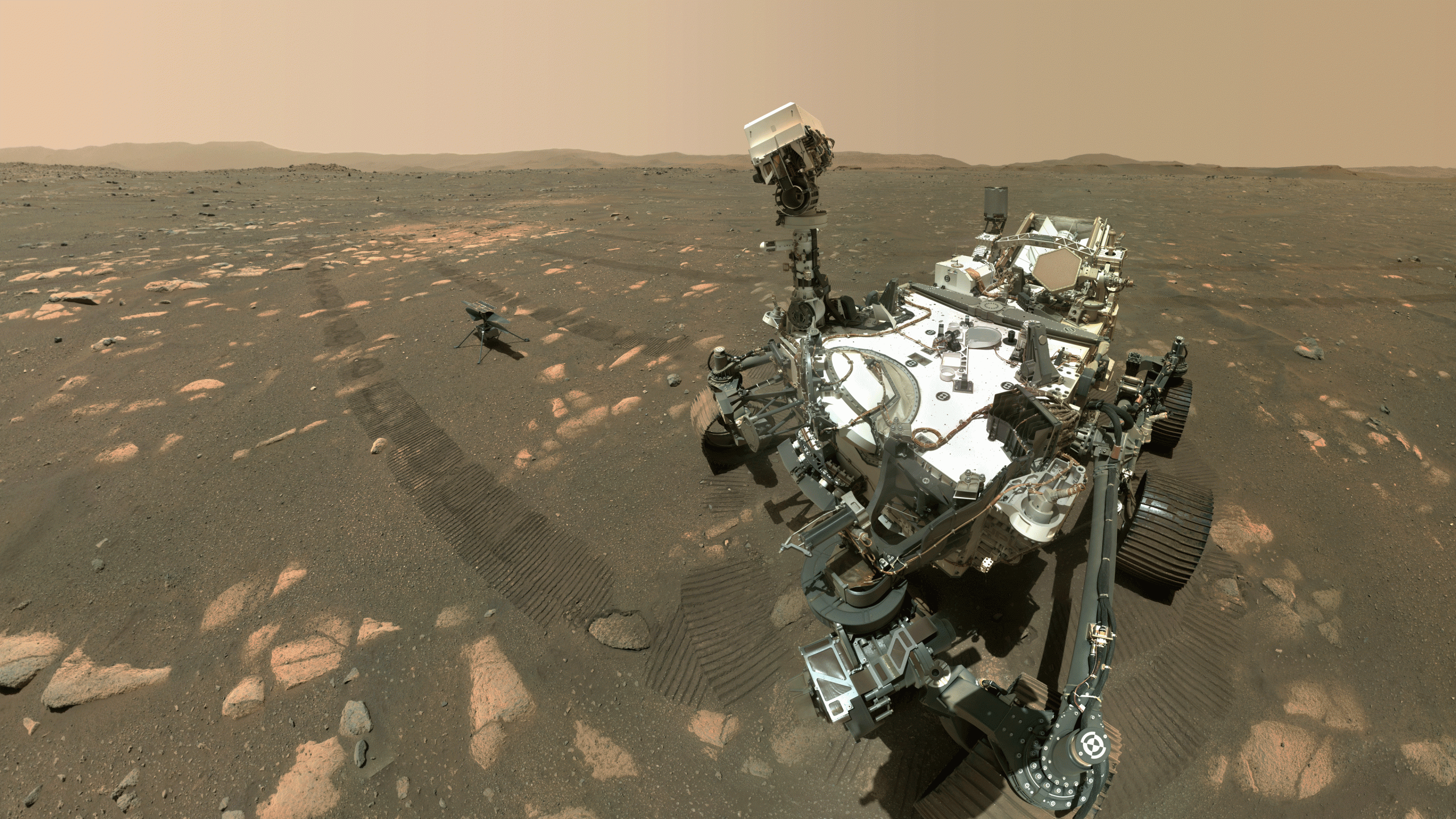US space agency NASA has published a weather forecast for the Jezero crater, the once flooded region of Mars currently home to the Perseverance rover.
The SUV-sized vehicle is taking regular weather measurements in the crater, which is in the Isidis Planitia region of the planet’s northern hemisphere.
It is currently early spring on the nearly dead world, with a daytime high of -22.3 degrees Celsius and a low of -82.9 degrees celsius, according to Mars.
‘The Mars Environmental Dynamics Analyzer (MEDA) measures and provides daily and seasonal reports on atmospheric pressure, humidity, ultraviolet radiation at the Martian surface, air temperature, and ground temperature around the rover,’ NASA explained on the forecast page.
The average temperature has varied between a daytime maximum of -24 degrees celsius and a minimum overnight temperature of -83 degrees Celsius.
“After a nail-biting entry descent and landing phase, our MEDA team anxiously awaited the first data that would confirm our instrument landed safely,” said Jose Antonio Rodriguez-Manfredi, MEDA principal investigator with the Centro de Astrobiología (CAB) at the Instituto Nacional de Tecnica Aeroespacial in Madrid.
“Those were moments of great intensity and excitement. Finally, after years of work and planning, we received the first data report from MEDA. Our system was alive and sending first meteorological data and images from SkyCam.”
This isn’t the first time NASA has produced a regular weather forecast. The Curiosity rover, in Gale crater since 2012, has been publishing regular weather updates.
Figures from Curiosity, currently on its 3082nd Martian day on the red planet, show figures of -13 degrees celsius in the day and -76C overnight.
The NASA InSight lander has also sent weather forecasts back to Earth, but it stopped updates in October 25, 2020 to study the planet’s deep interior.
‘A little more than one Martian year later, the stationary lander has detected more than 480 quakes and collected the most comprehensive weather data of any surface mission sent to Mars. InSight’s probe, which has struggled to dig underground to take the planet’s temperature, has made progress, too,’ NASA said.


No responses yet